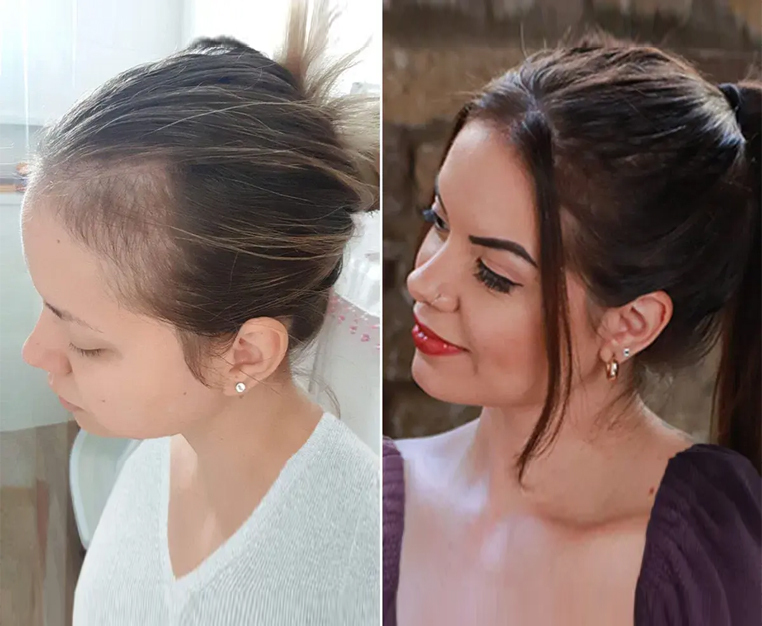Growing a thick, even beard is a dream for many men, but not everyone is naturally blessed with full facial hair. Whether due to genetics, scarring, or patchy growth, a beard transplant can offer a permanent solution to sparse facial hair. In this article, we explain everything you need to know about beard transplants—from how the procedure works to what it costs and what results you can expect.
What Is a Beard Transplant?
A beard transplant is a type of hair restoration procedure that involves transplanting hair follicles, usually from the back of the scalp, to areas of the face where beard growth is thin or absent. It’s similar to scalp hair transplants but focuses on facial aesthetics.
There are two main techniques used:
- Follicular Unit Extraction (FUE): Individual hair follicles are removed from the donor area and transplanted one by one.
- Follicular Unit Transplantation (FUT): A strip of scalp is removed, and the follicles are separated and transplanted.
Most modern beard transplants are done using the FUE method due to its minimal scarring and faster recovery.
Who Is a Good Candidate for a Beard Transplant?
You might be a suitable candidate if you:
- Have patchy or uneven beard growth
- Desire a fuller beard or moustache
- Have facial scarring that has affected beard hair
- Possess a healthy donor area (usually the back of the scalp)
A consultation with a specialist will help determine your suitability, as factors like age, skin condition, and medical history also come into play.
How Does the Procedure Work?
- Consultation and Planning
Your doctor will assess your facial hair pattern, donor area, and desired beard shape. Together, you’ll agree on the density and outline of the beard.
- Harvesting Hair Follicles
Using the FUE technique, hair follicles are extracted from the donor site. This is usually done under local anaesthetic and may take several hours depending on how many grafts are needed.
- Implantation
Each follicle is carefully implanted into tiny incisions made in the beard area. The angle, direction, and density are carefully managed to create a natural look.
- Recovery
You may experience redness, swelling, or tiny scabs around the transplanted area. These typically subside within a week. The newly implanted hairs may fall out within a few weeks. This is normal, and regrowth typically starts within three to four months.
How Much Does a Beard Transplant Cost in the UK?
The cost of a beard transplant varies based on the number of grafts required, the technique used, the clinic’s reputation, and the experience of the surgeon.
Typical price range:
- Small patch (e.g., sideburns): £1,500 – £3,000
- Goatee or partial beard: £3,000 – £5,000
- Full beard restoration: £5,000 – £7,500+
Some clinics offer financing options, and it’s important to remember that quality often correlates with price. Choosing a reputable clinic is vital for natural-looking results.
Risks and Considerations
As with any surgical procedure, there are risks, though they are relatively rare:
- Infection or inflammation at the donor or implant site
- Scarring or visible pitting
- Uneven or unnatural hair growth
- Poor follicle survival if not handled properly
Choosing a qualified, experienced surgeon minimises these risks. Always check before-and-after photos, reviews, and credentials before proceeding.
Beard Transplant Recovery and Results: What to Expect
Week 1:
- Scabbing and redness in the transplant area
- Mild discomfort or tightness
Weeks 2–3:
- Transplanted hairs fall out (this is normal “shock loss”)
Months 3–6:
- New growth begins, initially fine and light
Months 6–12:
- Hair thickens and matures into a fuller beard
Final results are typically visible by 12 months, and the transplanted hairs behave like natural facial hair, meaning they can be shaved, trimmed, and styled as usual.
Alternatives to Beard Transplants
If you’re not ready for surgery, consider these non-invasive alternatives:
- Topical solutions: Products containing minoxidil may stimulate growth in some cases
- Micropigmentation: Cosmetic tattooing creates the illusion of a fuller beard
However, these options don’t offer the permanence or natural texture of a beard transplant.
FAQs
Here are some commonly asked questions about beard transplants:
Are beard transplants permanent?
Yes, beard transplants are considered permanent. Once the transplanted hair follicles settle and begin to grow, they continue to produce hair for a lifetime, just like the donor scalp hair.
Does a beard transplant hurt?
The procedure is typically done under local anaesthesia, so pain during the surgery is minimal. Some mild discomfort or tightness may be felt during recovery, but it’s usually manageable with over-the-counter medication.
How long does it take to see results?
You’ll start to see new hair growth at around 3–4 months. Full results, including thickness and texture, typically appear within 9–12 months.
Can I shave after a beard transplant?
Yes, once the transplanted hair has grown and stabilised (usually after 3–4 months), you can shave, trim, and style your beard as normal.
Is there a risk of the transplant looking fake?
When performed by a skilled surgeon, beard transplants look entirely natural. The direction, angle, and density of implantation are crucial to achieving a realistic result.
For more expert guidance on beard restoration and facial hair transplants, check out our full guide on [Hair and Beard Restoration Options].


